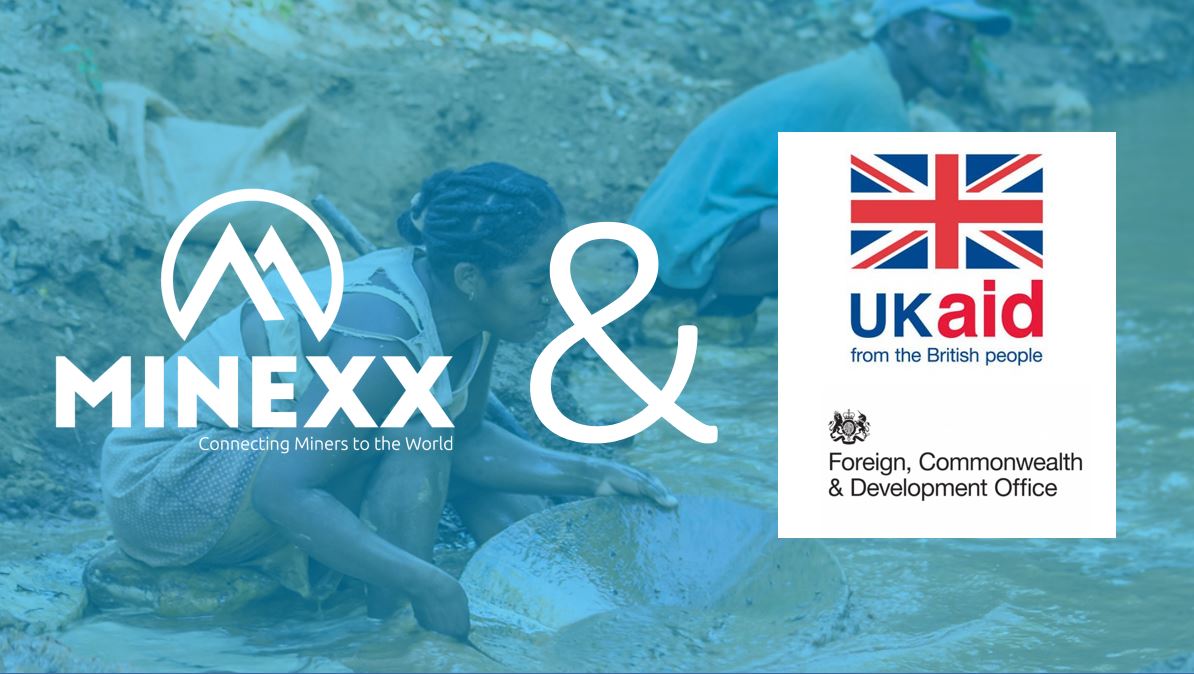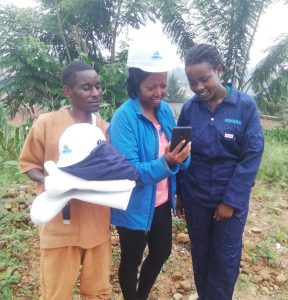During the third sprint as part of the FCDO programme we distilled our findings into a report looking at what we had learnt, made further improvements to the MineSmart product and undertook some sites visits to a mining area in DRC.
Producing a learning report
A major focus of the sprint was distilling our learnings from the first few sprints, here are some highlights.
- DRC is a unique market – as a conflict affected high risk area, it is the most mature market in terms of traceability solutions. At the same time it is also the most complex market with the most stakeholders around the mine site and the largest presence of rent seekers in the value chain. It is unique and not representative of the rest of the market where traceability is a large emerging need. As an example, cobalt in DRC which is the most high profile mineral has 200,000 – less than 1% of ASM around the world.
- Cash is king for now but digital payments growing in popularity – in DRC cash payments are king however a new law prevents traders from extracting more than $10,000 per day, this is pushing more traders to consider and pilot digital payments. Digital payments also come with operational efficiencies and greatly improve the traceability of financial transactions to reduce risk of funding conflict and child labour.
- Gold market is more open – gold is the largest market for artisanal miners. As of yet there is little to no due diligence on the 30% of gold from ASM. There is increasing pressure on refiners to show compliance with OECD guidance and further pressure on Dubai, where most of the gold from African countries is traded. Gold trade is largely driven by the black market and a major tool for tax evasion.

Platform development: the nuances of standards
Further work was undertaken to build the site assessment and risk management part of our platform. From our research, speaking to companies, initiatives, smelters and NGOs flexibility is essential to enable our traceability product to work in different contexts, whether this is gold in Ghana or cassiterite in DRC. There are different challenges such as mercury in the gold market, where the CRAFT standard is more appropriate.
This has fed back to the design of the platform design and build.
Field visit in Eastern DRC
We undertook in person visits to mining areas in Eastern DRC to better understand the context of operations. This particular area is a 12 hour motorbike ride, over poor bridges and flooded roads. It is one of the largest producing areas in DRC so essential to understand the local context. The market is mainly open with little pre-financing and the cooperatives are less influential than other parts of the DRC. There is fewer rebel groups and risk of funding conflict that other parts of DRC. Below you can see a typical image, cassiterite being transported by motorbike. The areas in question are huge, incredibly difficult to access and the scale of the industry becomes clear.

Next sprint we’ll be looking at how we design our product to the gold market and onboard more customers, stay tuned.






